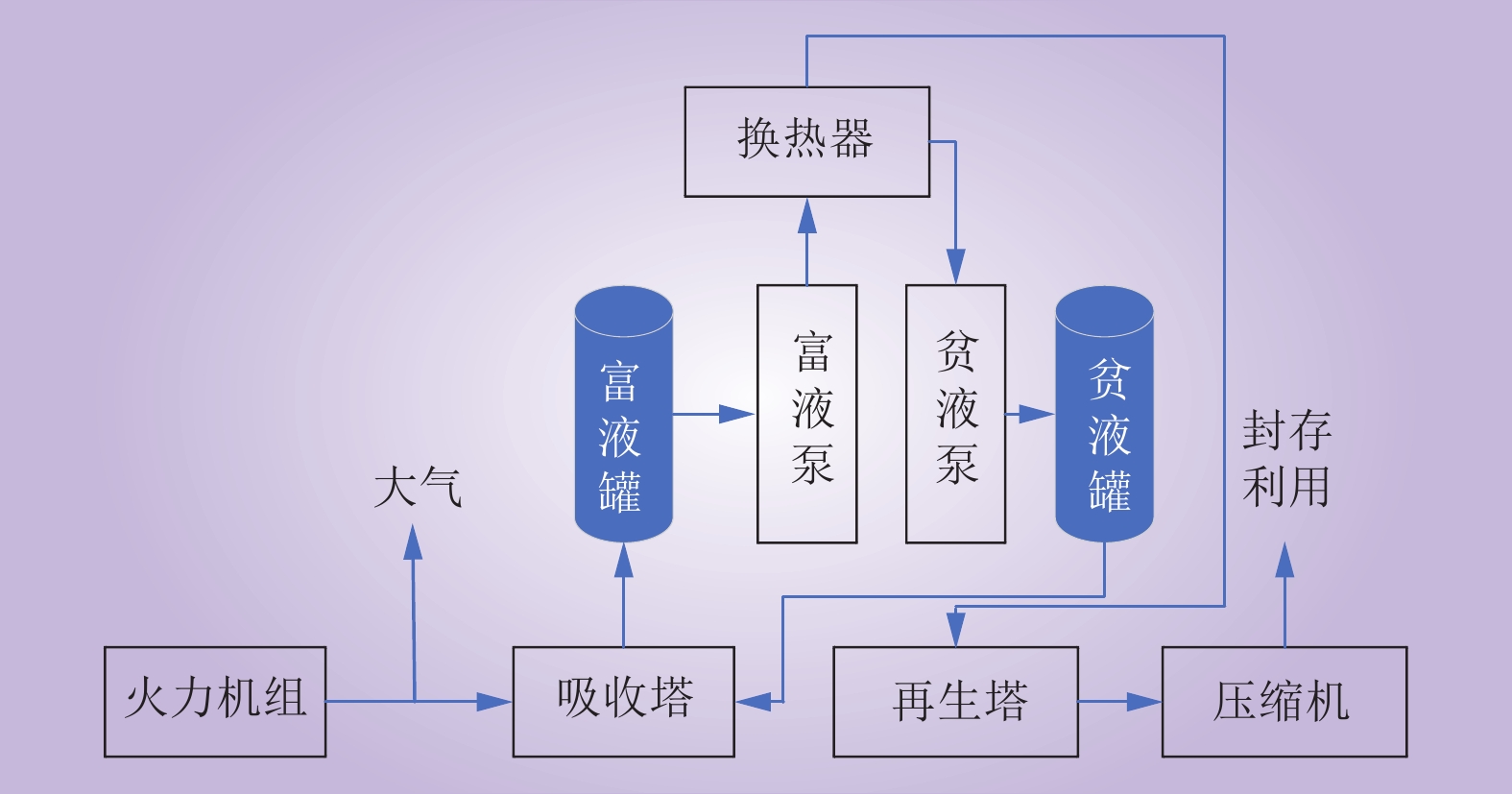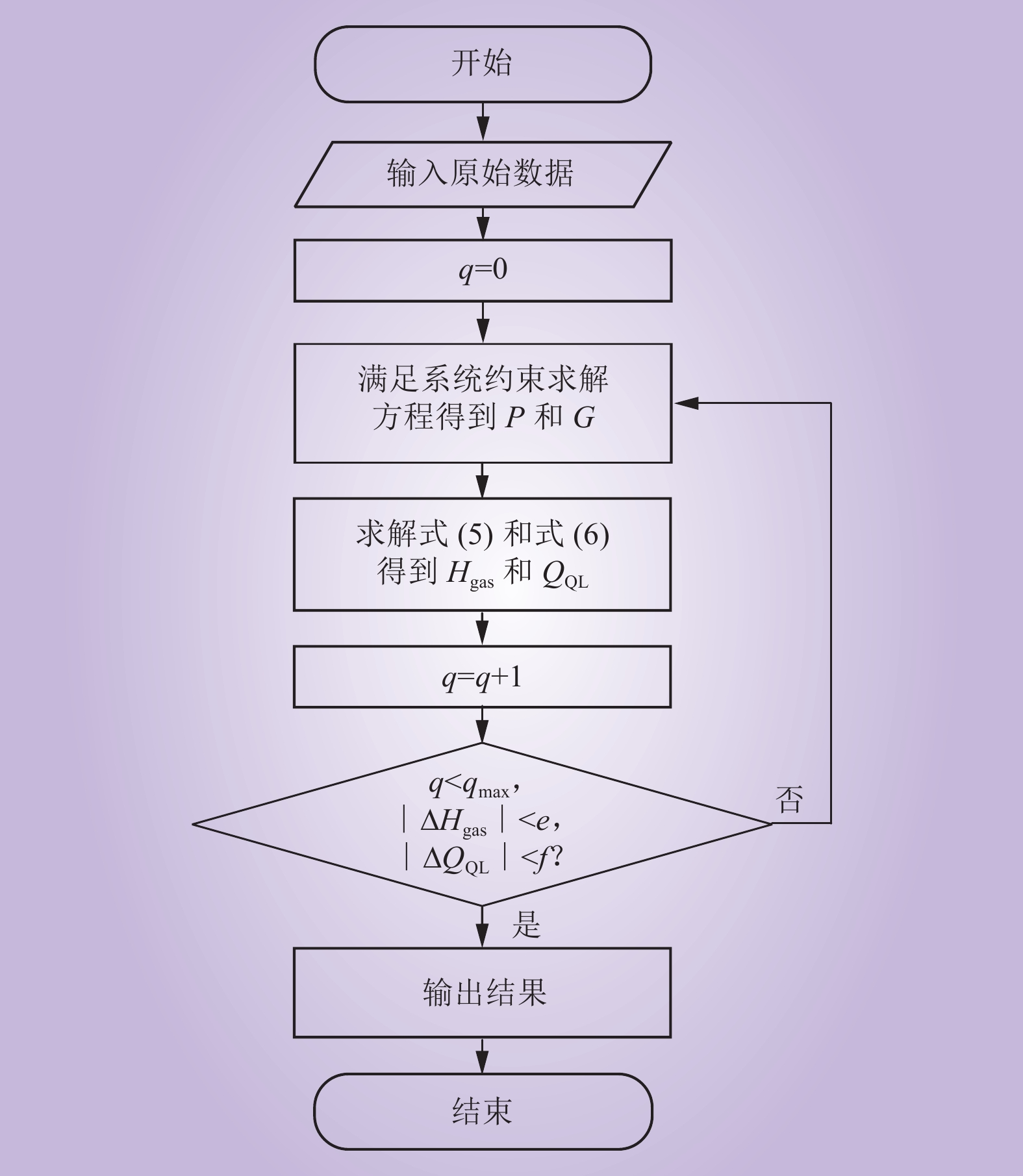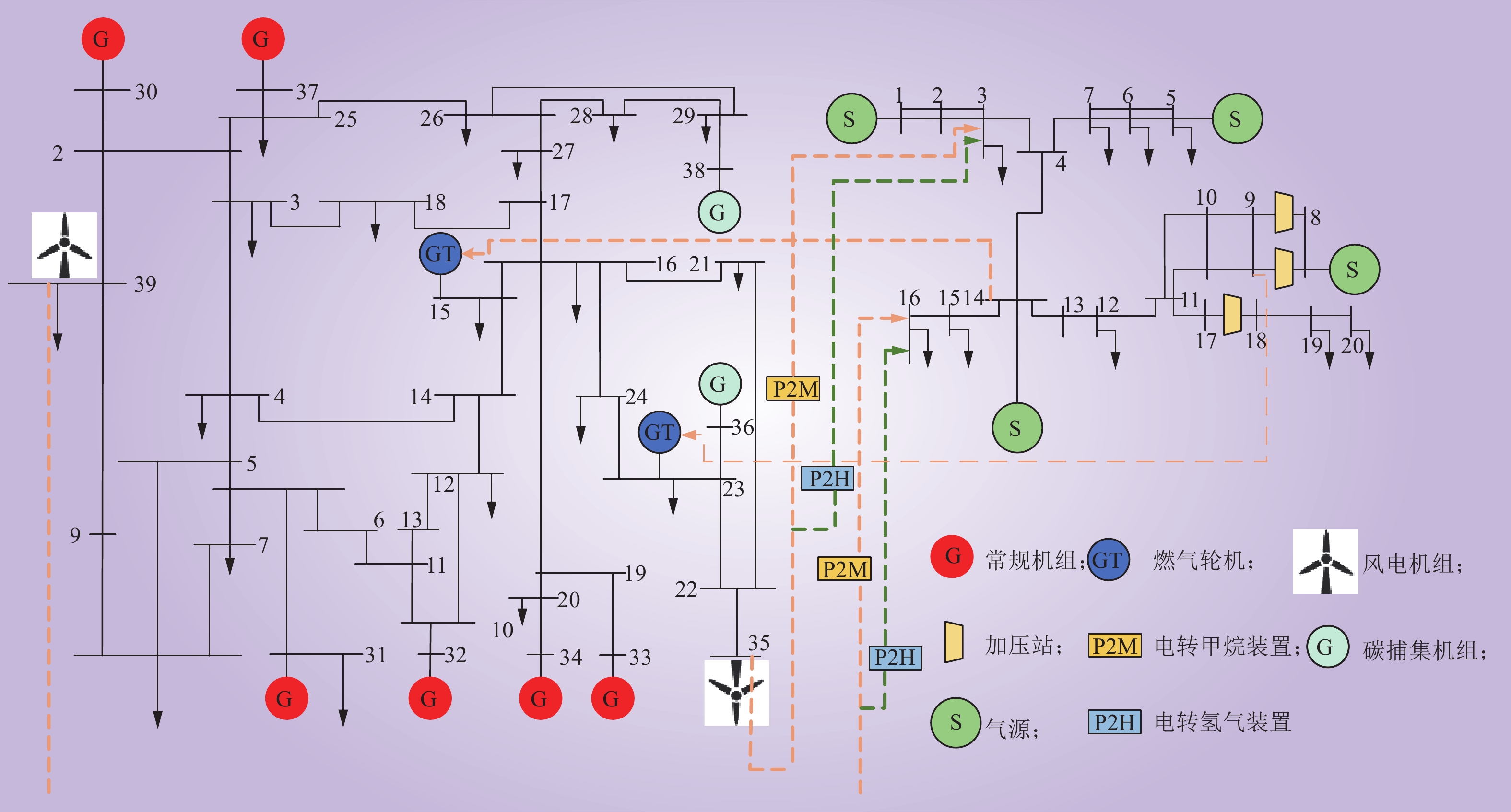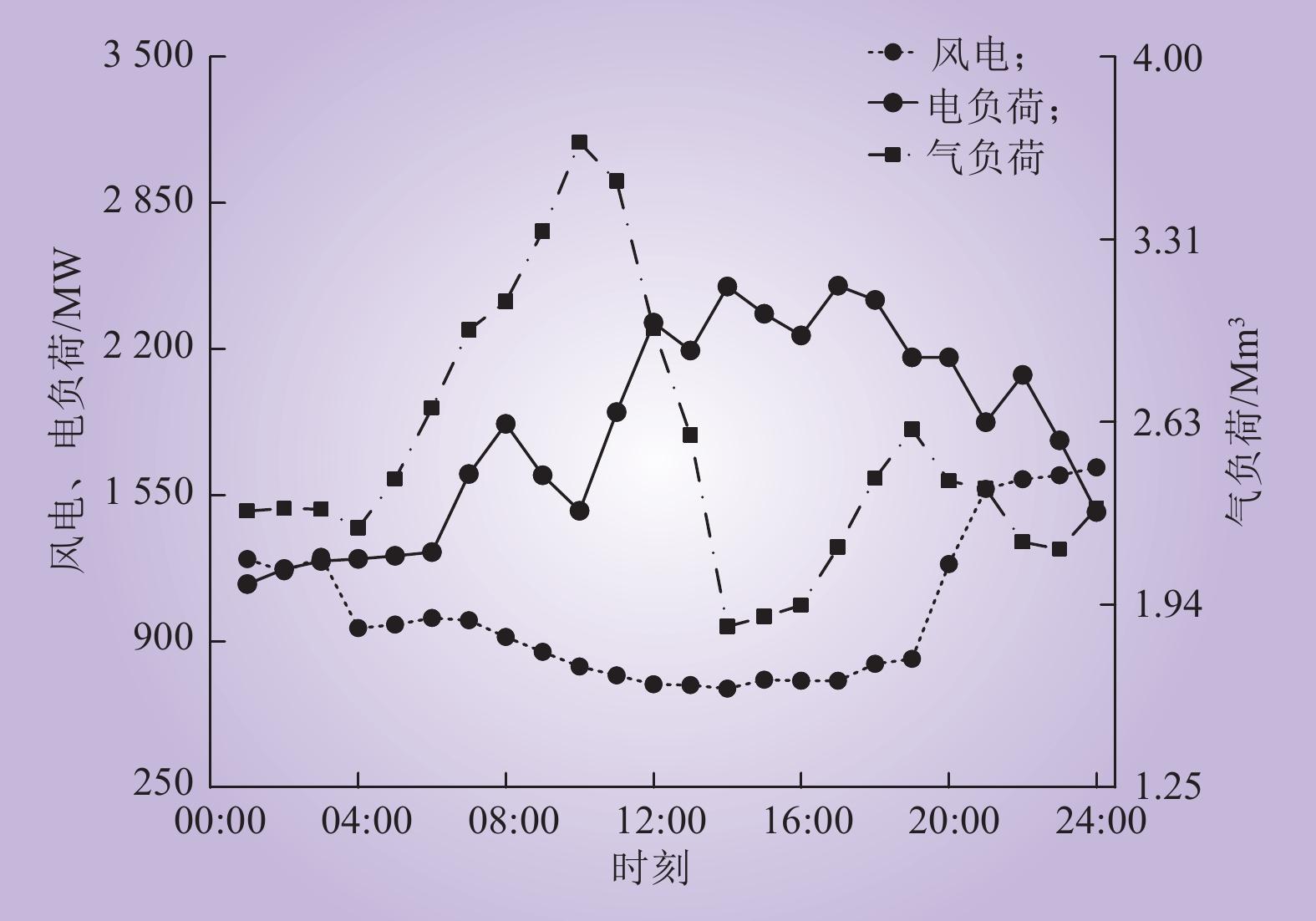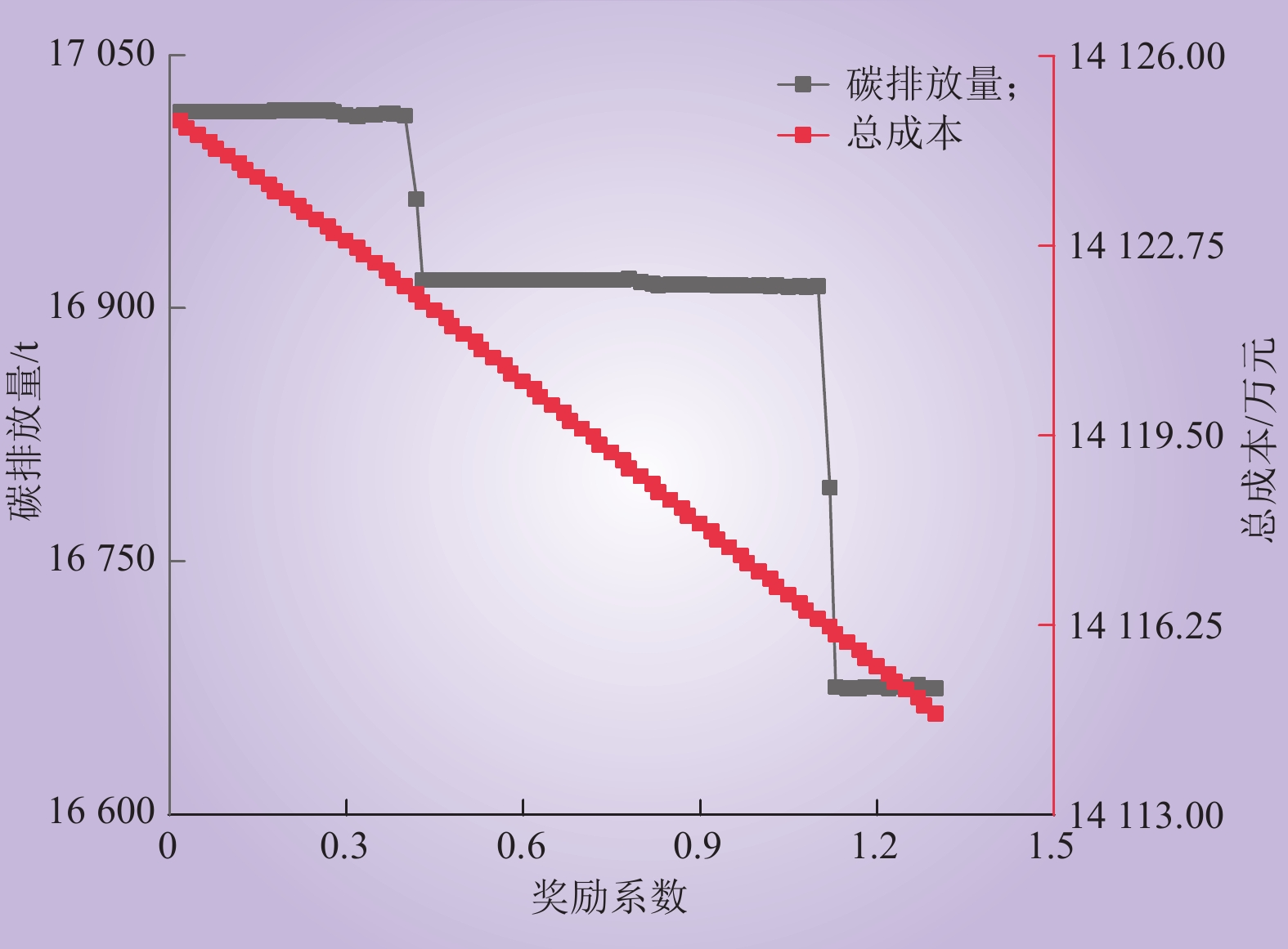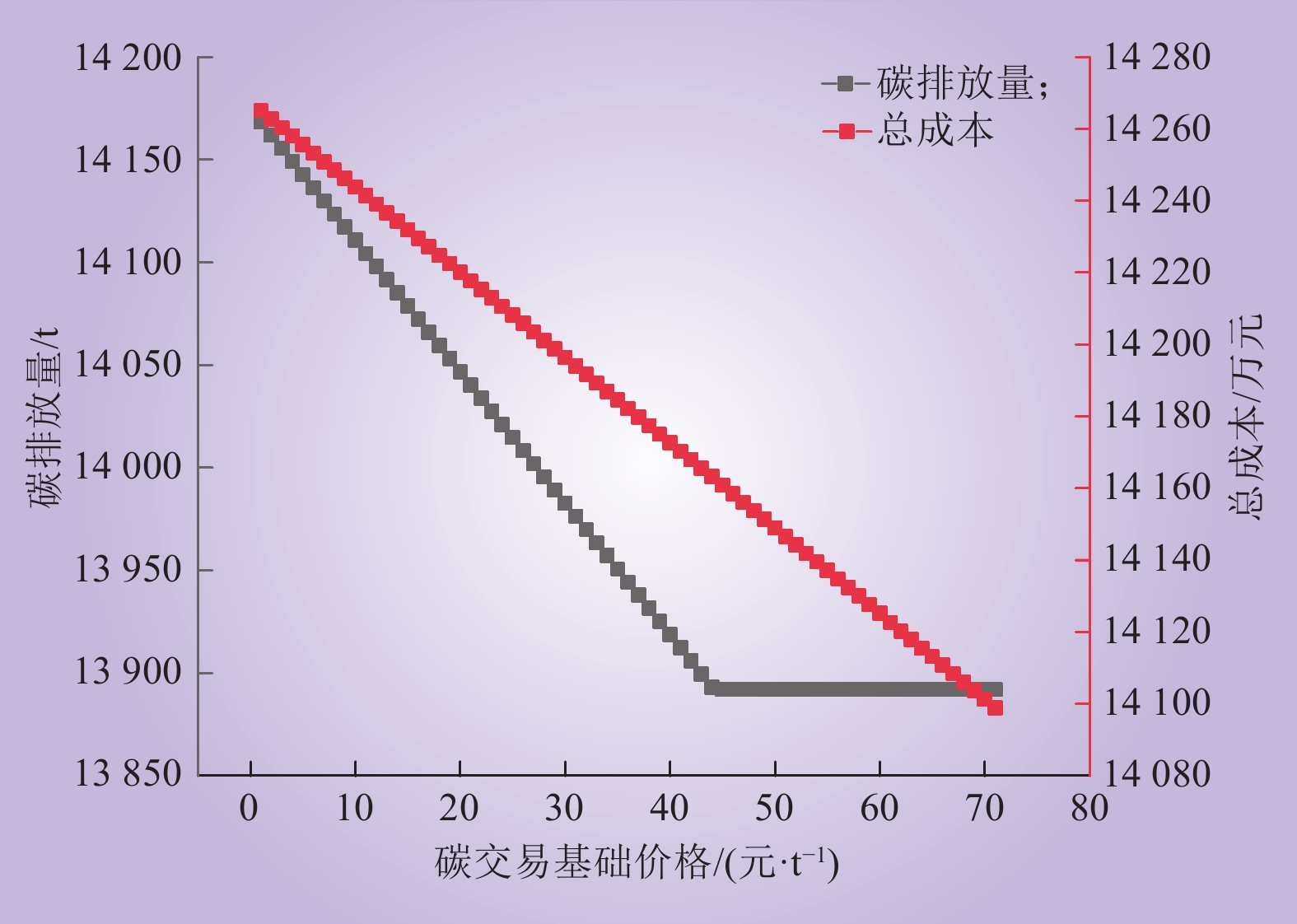| 1 |
李政, 陈思源, 董文娟, 等. 碳约束条件下电力行业低碳转型路径研究[J]. 中国电机工程学报, 2021, 41 (12): 3987- 4001.
|
|
LI Zheng, CHEN Siyuan, DONG Wenjuan, et al. Low carbon transition pathway of power sector under carbon emission constraints[J]. Proceedings of the CSEE, 2021, 41 (12): 3987- 4001.
|
| 2 |
周原冰, 杨方, 余潇潇, 等. 中国能源电力碳中和实现路径及实施关键问题[J]. 中国电力, 2022, 55 (5): 1- 11.
|
|
ZHOU Yuanbing, YANG Fang, YU Xiaoxiao, et al. Realization pathways and key problems of carbon neutrality in China's energy and power system[J]. Electric Power, 2022, 55 (5): 1- 11.
|
| 3 |
孙子茹, 艾芊, 居来提·阿不力孜, 等. 考虑季节性氢储及期货式碳交易的综合能源系统年度规划研究[J]. 中国电力, 2022, 55 (8): 2- 13.
|
|
SUN Ziru, AI Qian, JULAITI A, et al. Annual planning study of integrated energy system considering seasonal hydrogen storage and futures carbon trading[J]. Electric Power, 2022, 55 (8): 2- 13.
|
| 4 |
董洁, 乔建强. “双碳”目标下先进煤炭清洁利用发电技术研究综述[J]. 中国电力, 2022, 55 (8): 202- 212.
|
|
DONG Jie, QIAO Jianqiang, et al. A review on advanced clean coal power generation technology under "carbon peaking and carbon neutrality" goal[J]. Electric Power, 2022, 55 (8): 202- 212.
|
| 5 |
王彦哲, 周胜, 姚子麟, 等. 中国煤电生命周期二氧化碳和大气污染物排放相互影响建模分析[J]. 中国电力, 2021, 54 (8): 128- 135.
|
|
WANG Yanzhe, ZHOU Sheng, YAO Zilin, et al. Life cycle modeling analysis of the interaction between carbon dioxide and air pollutant emissions of coal power in China[J]. Electric Power, 2021, 54 (8): 128- 135.
|
| 6 |
崔杨, 谷春池, 付小标, 等. 考虑广义电热需求响应的含碳捕集电厂综合能源系统低碳经济调度[J]. 中国电机工程学报, 2022, 42 (23): 8431- 8446.
|
|
CUI Yang, GU Chunchi, FU Xiaobiao, et al. Low-carbon economic dispatch of integrated energy system with carbon capture power plants considering generalized electric heating demand response[J]. Proceedings of the CSEE, 2022, 42 (23): 8431- 8446.
|
| 7 |
崔杨, 曾鹏, 王铮, 等. 考虑碳捕集电厂能量转移特性的弃风消纳多时间尺度调度策略[J]. 中国电机工程学报, 2021, 41 (3): 946- 961.
|
|
CUI Yang, ZENG Peng, WANG Zheng, et al. Multiple time scales scheduling strategy of wind power accommodation considering energy transfer characteristics of carbon capture power plant[J]. Proceedings of the CSEE, 2021, 41 (3): 946- 961.
|
| 8 |
孙惠娟, 刘昀, 彭春华, 等. 计及电转气协同的含碳捕集与垃圾焚烧虚拟电厂优化调度[J]. 电网技术, 2021, 45 (9): 3534- 3545.
|
|
SUN Huijuan, LIU Yun, PENG Chunhua, et al. Optimization scheduling of virtual power plant with carbon capture and waste incineration considering power-to-gas coordination[J]. Power System Technology, 2021, 45 (9): 3534- 3545.
|
| 9 |
田丰, 贾燕冰, 任海泉, 等. 考虑碳捕集系统的综合能源系统“源–荷”低碳经济调度[J]. 电网技术, 2020, 44 (9): 3346- 3354.
|
|
TIAN Feng, JIA Yanbing, REN Haiquan, et al. "Source-load" low-carbon economic dispatch of integrated energy system considering carbon capture system[J]. Power System Technology, 2020, 44 (9): 3346- 3354.
|
| 10 |
谢萍, 伍奕, 李长俊, 等. 混氢天然气管道输送技术研究进展[J]. 油气储运, 2021, 40 (4): 361- 370.
|
|
XIE Ping, WU Yi, LI Changjun, et al. Research progress on pipeline transportation technology of hydrogen mixed natural gas[J]. Oil & Gas Storage and Transportation, 2021, 40 (4): 361- 370.
|
| 11 |
尚娟, 鲁仰辉, 郑津洋, 等. 掺氢天然气管道输送研究进展和挑战[J]. 化工进展, 2021, 40 (10): 5499- 5505.
|
|
SHANG Juan, LU Yanghui, ZHENG Jinyang, et al. Research status-in-situ and key challenges in pipeline transportation of hydrogen-natural gas mixtures[J]. Chemical Industry and Engineering Progress, 2021, 40 (10): 5499- 5505.
|
| 12 |
孙大陆, 闫玮祎. 天然气掺氢发电发展现状及其全产业链建设研究[J]. 中国海上油气, 2023, 35 (4): 189- 197.
|
|
SUN Dalu, YAN Weiyi. Research on hydrogen-doped natural gas power generation development status and its industrial chain construction[J]. China Offshore Oil and Gas, 2023, 35 (4): 189- 197.
|
| 13 |
SCAMMAN D, NEWBOROUGH M. Using surplus nuclear power for hydrogen mobility and power-to-gas in France[J]. International Journal of Hydrogen Energy, 2016, 41 (24): 10080- 10089.
DOI
|
| 14 |
HE G X, YAN H G, CHEN L, et al. Economic dispatch analysis of regional electricity-gas system integrated with distributed gas injection[J]. Energy, 2020, 201, 117512.
DOI
|
| 15 |
黄宇, 吴思橙, 徐璟, 等. 计及碳交易的区域综合能源不完全信息博弈优化调度[J]. 华北电力大学学报(自然科学版), 2023, 50 (4): 69- 80.
|
|
HUANG Yu, WU Sicheng, XU Jing, et al. Optimal scheduling of regional integrated energy systems with carbon trading based on incomplete information game[J]. Journal of North China Electric Power University(Natural Science Edition), 2023, 50 (4): 69- 80.
|
| 16 |
陈锦鹏, 胡志坚, 陈颖光, 等. 考虑阶梯式碳交易机制与电制氢的综合能源系统热电优化[J]. 电力自动化设备, 2021, 41 (9): 48- 55.
|
|
CHEN Jinpeng, HU Zhijian, CHEN Yingguang, et al. Thermoelectric optimization of integrated energy system considering ladder-type carbon trading mechanism and electric hydrogen production[J]. Electric Power Automation Equipment, 2021, 41 (9): 48- 55.
|
| 17 |
陈海鹏, 陈晋冬, 张忠, 等. 计及灵活运行碳捕集电厂捕获能耗的电力系统低碳经济调度[J]. 电力自动化设备, 2021, 41 (9): 133- 139.
|
|
CHEN Haipeng, CHEN Jindong, ZHANG Zhong, et al. Low-carbon economic dispatching of power system considering capture energy consumption of carbon capture power plants with flexible operation mode[J]. Electric Power Automation Equipment, 2021, 41 (9): 133- 139.
|
| 18 |
高鹏飞, 周孝信, 杨小煜, 等. 计及异质气体混合的电-气-热综合能源系统能量流计算方法[J]. 电网技术, 2021, 45 (7): 2523- 2533.
|
|
GAO Pengfei, ZHOU Xiaoxin, YANG Xiaoyu, et al. Energy flow calculation of integrated electricity, natural gas and heating systems considering mixtures of gas with alternative qualities[J]. Power System Technology, 2021, 45 (7): 2523- 2533.
|
| 19 |
LIU J, SUN W, HARRISON G P. The economic and environmental impact of power to hydrogen/power to methane facilities on hybrid power-natural gas energy systems[J]. International Journal of Hydrogen Energy, 2020, 45 (39): 20200- 20209.
DOI
|
| 20 |
高鹏飞, 周孝信, 杨小煜, 等. 考虑氢气注入的电-气综合能源系统电制气设备容量规划[J]. 电网技术, 2021, 45 (10): 3781- 3791.
|
|
GAO Pengfei, ZHOU Xiaoxin, YANG Xiaoyu, et al. Optimal capacity planning of power-to-gas in the integrated electricity and natural gas systems considering hydrogen injections[J]. Power System Technology, 2021, 45 (10): 3781- 3791.
|
| 21 |
邹宇航, 曾艾东, 郝思鹏, 等. 阶梯式碳交易机制下综合能源系统多时间尺度优化调度[J]. 电网技术, 2023, 47 (6): 2185- 2198.
|
|
ZOU Yuhang, ZENG Aidong, HAO Sipeng, et al. Multi-time-scale optimal dispatch of integrated energy systems under stepped carbon trading mechanism[J]. Power System Technology, 2023, 47 (6): 2185- 2198.
|
| 22 |
魏震波, 魏平桉, 郭毅, 等. 考虑需求侧管理和碳交易的电-气互联网络分散式低碳经济调度[J]. 高电压技术, 2021, 47 (1): 33- 44.
|
|
WEI Zhenbo, WEI Pingan, GUO Yi, et al. Decentralized low-carbon economic dispatch of electricity-gas network in consideration of demand-side management and carbon trading[J]. High Voltage Engineering, 2021, 47 (1): 33- 44.
|
| 23 |
王义军, 李梦涵, 齐岩. 计及碳捕集电厂综合灵活运行方式的含P2G综合能源系统低碳经济调度[J]. 电力自动化设备, 2023, 43 (1): 1- 8.
|
|
WANG Yijun, LI Menghan, QI Yan. Low-carbon economic dispatching of integrated energy system with P2G considering comprehensive and flexible operation mode of carbon capture power plant[J]. Electric Power Automation Equipment, 2023, 43 (1): 1- 8.
|
| 24 |
赵建勇, 年珩, 马润生, 等. 基于改进雷达图模型的热电联供型微网系统多目标优化配置[J]. 电力自动化设备, 2020, 40 (12): 31- 45.
|
|
ZHAO Jianyong, NIAN Heng, MA Runsheng, et al. Multi-objective optimization configuration for combined heat and power microgrid system based on improved radar chart model[J]. Electric Power Automation Equipment, 2020, 40 (12): 31- 45.
|
| 25 |
王泽镝, 滕云, 回茜, 等. 考虑垃圾处理与调峰需求的可持续化城市多能源系统规划[J]. 中国电机工程学报, 2021, 41 (11): 3781- 3797.
|
|
WANG Zedi, TENG Yun, HUI Qian, et al. A sustainable development multi-energy system planning method incorporating the demand of waste disposal and peak shaving[J]. Proceedings of the CSEE, 2021, 41 (11): 3781- 3797.
|
| 26 |
蒋东方, 贾跃龙, 鲁强, 等. 氢能在综合能源系统中的应用前景[J]. 中国电力, 2020, 53 (5): 135- 142.
|
|
JIANG Dongfang, JIA Yuelong, LU Qiang, et al. Application prospect of hydrogen energy in integrated energy systems[J]. Electric Power, 2020, 53 (5): 135- 142.
|
| 27 |
谢小荣, 马宁嘉, 刘威, 等. 新型电力系统中储能应用功能的综述与展望[J]. 中国电机工程学报, 2023, 43 (1): 158- 169.
|
|
XIE Xiaorong, MA Ningjia, LIU Wei, et al. Functions of energy storage in renewable energy dominated power systems: review and prospect[J]. Proceedings of the CSEE, 2023, 43 (1): 158- 169.
|
| 28 |
袁铁江, 万志, 王进君, 等. 考虑电解槽启停特性的制氢系统日前出力计划[J]. 中国电力, 2022, 55 (1): 101- 109.
|
|
YUAN Tiejiang, WAN Zhi, WANG Jinjun, et al. The day-ahead output plan of hydrogen production system considering the start-stop characteristics of electrolytic cell[J]. Electric Power, 2022, 55 (1): 101- 109.
|


